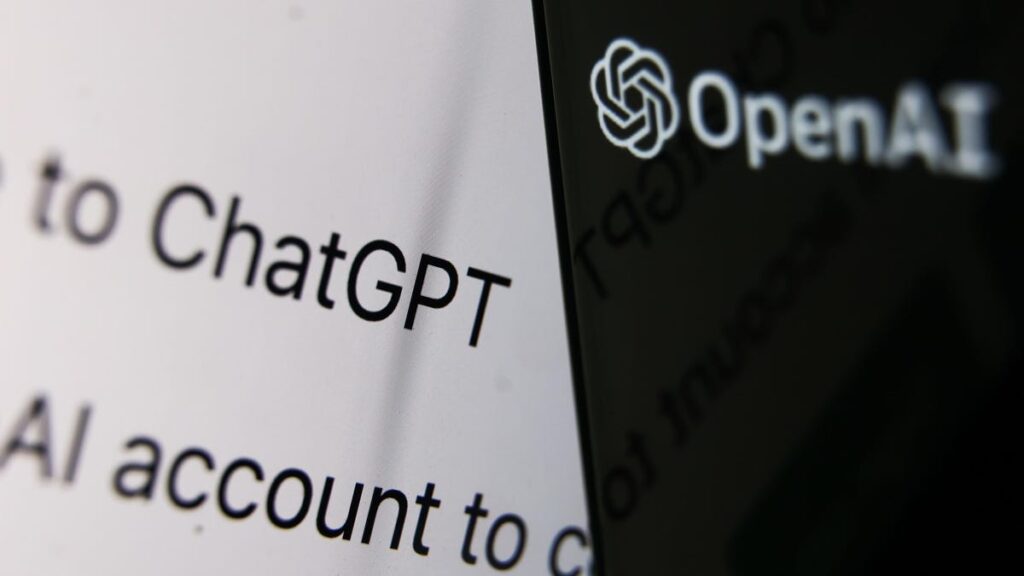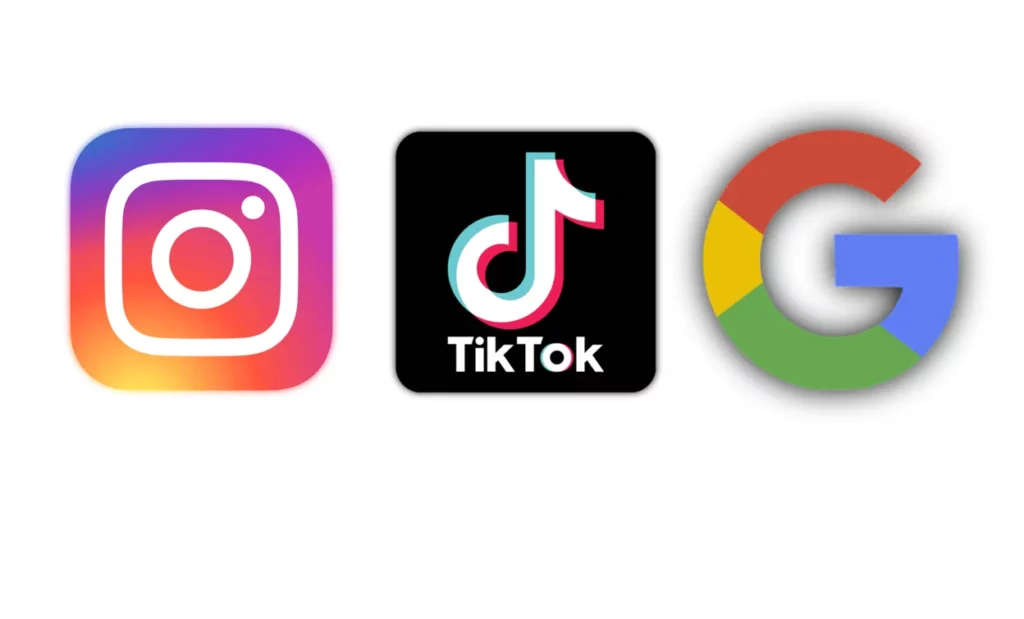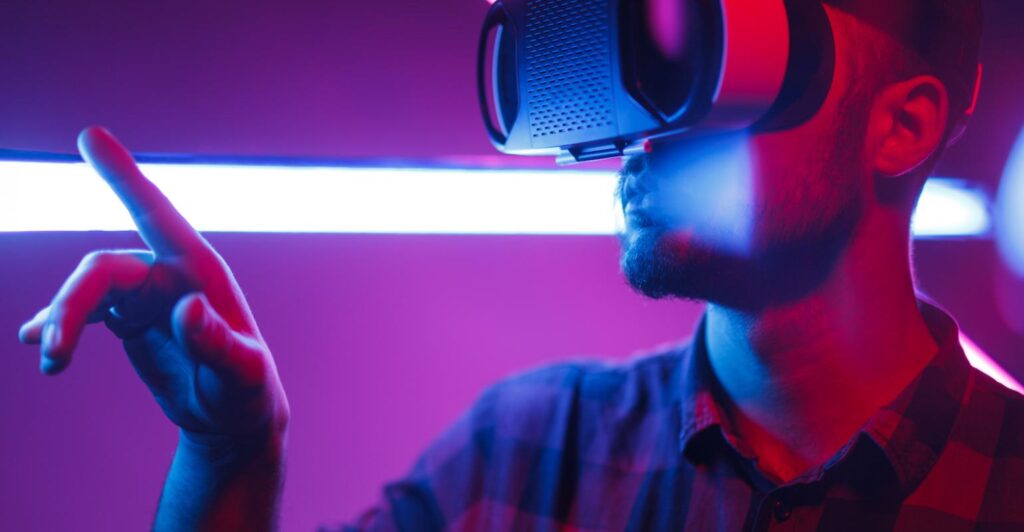As another year comes to an end, it’s only right we look to the new one around the corner and think about what the trends might be for digital PR in 2023. In an industry that changes so quickly, trends can be here and gone before we’ve had a chance to react, so let’s take a look at what’s going to be important over the next 12 months.
1. Bring Brand Values to the Fore
Gen Z and Gen Alpha are both highly conscientious and socially aware generations, and given that they’re the future, it’s vital brands start to really pay attention to their habits and preferences.
These generations are much more likely to consider a brand’s values when making purchasing decisions – 57% of 16-24s say they would pay more for an eco-friendly product (GWI) – and they often prioritise companies that align with their own values and beliefs.
Looking at the rise of brands like TALA, Wild natural deodorant and Tred Banking, we can see that these values are already starting to shape consumer buying habits and well as online brand engagement. People are willing to pay more for something that isn’t just a quality product, but that also aligns with what they deem important.
Gone are the days of brand values and mission statements being saved for recruitment comms or B2C activity, this needs to be at the centre of everything a brand does. But, it has to be authentic – try and use it to tick a box or pull the wool over consumers’ eyes and they’ll spot it a mile off, which would be incredibly damaging to the brand.

2. Artificial Intelligence
AI is expected to have a significant impact on marketing in 2023 and beyond, especially since the incredible growth of ChatGPT. While it’s still under scrutiny and can seem quite overwhelming, AI has the potential to make it into our regular planning in many ways:
- Personalisation: AI can analyse customer data and preferences to create personalised campaigns, blog and social content. This can help brands deliver more relevant and targeted messages to their audience
- Predictive analytics: We can use AI to analyse patterns and trends in customer data to make predictions about future behaviour, in turn helping to identify new opportunities and make more informed decisions
- Automation: AI can automate tasks such as email marketing, social media management, and content creation, allowing our teams to save time and focus on strategic planning
- Content creation: Again, that analysis can help us create tailored content, from product descriptions to social media posts. But, let’s not overuse it – there’s nothing quite like a blog written by a human

3. ROI in a Recession
Potentially the biggest challenge to the whole industry in 2023 is the fact that money is going to be much tighter for many brands. We all know that marketing budgets are often the first to be reduced in times of uncertainty, so it’s never been more important that we’re running activity that proves its worth.
If you’re still just tracking coverage volume and reach, you’re going to get left behind. As PR’s, marketeers, content creators – whatever you want to call yourself – our job is to ensure what we do brings real business value to a brand.
So, knowing what success looks like to everyone, how to track it, and how to deliver on it is vital. If not, you could be in for some tricky meetings later in the year.
To any brands reading, my advice is to ignore the little voice in your head that questions the value of brand activity during a recession when you can simply put that money into paid channels. The landscape moves quickly, and brands that keep their audiences engaged during the low times will reap the benefits when the good times come back around. Those who don’t…well, they get left behind.

4. Social Media x Rankings
It’s nothing new, but the power of Tik Tok and Instagram on spontaneous purchases is now up there as one of the most important drivers in ecomms. While channels are now set up with direct purchase functions, it’s also important to make sure your brand and product rankings are nice and high for the more generic popular trends.
Beauty, fashion, travel, food and drink are all sectors seeing huge engagement across Tik Tok – and not just with Gen Z and Alpha, the number of older audiences joining the platform is ever-increasing.
So, get your social and content teams hot on the latest trends – using data and insight to predict what’s coming – and loop in your content and digital PR teams to make sure everything is working together for the biggest impact.

5. Connect the Physical & Digital
Finally, we all know that having a physical engagement with a potential customer is often more impactful than a fleeting online one. Especially since the pandemic, where people are seeking out opportunities for experiences. So, events and experientials should absolutely be a part of brand strategies in 2023 but that’s not to say that rules out digital.
We can have the best of both worlds; tease your event with online content like maps, sign up functions or launch data, link tech in with your event through data-gathering, VR or gaming, and wrap up the campaign with video content and case studies on your website.
Integration is how we all provide the best value, so don’t discount the physical opportunities for a digital pr strategy.
I could go on for pages more but these five focus areas will be vital for many of us in the coming year. Simply doing what we’ve always done won’t get us where we need to be, but staying ahead of the trends puts us in the prime position. For more info or to chat about your 2023 digital PR plans, drop us a message at hello@hatchpr.co.uk





